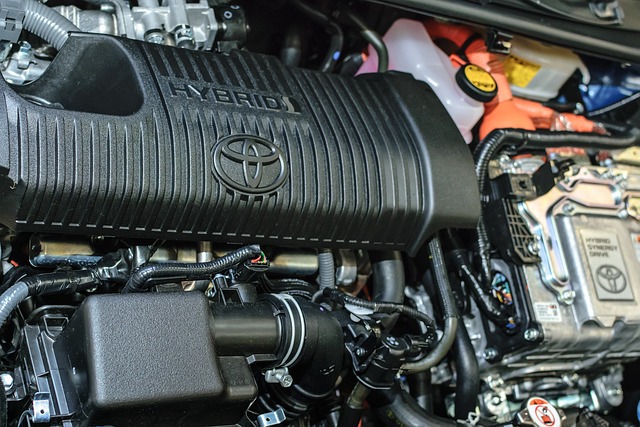The Indian auto industry is rapidly changing, and one of the major shifts in recent years has been the growing interest in hybrid cars. As consumers become more aware of their carbon footprint and the environmental impact of their actions, they are turning to hybrid cars as a way to reduce their emissions and promote sustainability. Hybrid vehicles are growing more popular in India as people seek more fuel-efficient and environmentally friendly ways of transportation.
If you are considering buying a hybrid car in India, there are several factors to consider. In this blog post, we will discuss what to consider when buying hybrid cars in the future.
- Fuel Efficiency
Hybrid cars combine a gasoline engine with an electric motor, resulting in improved fuel efficiency and reduced emissions. When comparing different models, consider the fuel efficiency and how it will impact your overall cost of ownership. Look for vehicles with high milage ratings and consider how often you’ll be driving in electric-only mode.
- Battery Life
Battery Life is another important consideration when buying a hybrid car. The battery in a hybrid car is a critical component that powers the electric motor. It is important to consider the battery life when buying a hybrid car. The battery life can vary depending on the make and model of the car, and it is important to consider how often the battery will need to be replaced and the cost of replacement. Make sure to choose a vehicle with a reliable and long-lasting battery.
- Cost
One of the most important factors to consider when buying a hybrid car is the cost. Hybrid cars are generally more expensive than their conventional counterparts, and this cost can vary depending on the make and model of the car. While the initial cost may be higher, hybrid cars are more fuel-efficient and can save you money in the long run. When considering cost, it is important to weigh the upfront investment with the potential long-term savings. Look for hybrid vehicles with a good balance of affordability and performance.
- Maintenance Costs
Hybrid vehicles have unique components, such as the battery and electric motor, that require specialized maintenance. Research the maintenance costs for different models to see which ones offer the best value over time. - Brand Reputation
Consider choosing a hybrid vehicle from a well-respected brand with a good track record for reliability and customer satisfaction. Research customer reviews and ratings to get a better sense of how different models perform in real-world conditions.
- Warranty
Look for hybrid vehicles with comprehensive warranties that cover the battery, electric motor, and other hybrid-specific components. This will help protect you from costly repairs in the event of a problem. Resale Value
When buying a hybrid car, it is important to consider the resale value. Hybrid cars may have a higher resale value compared to conventional cars due to their fuel efficiency and reduced emissions. When making a purchase, consider the resale value and how it may impact your overall cost of ownership.
In conclusion, buying a hybrid car in India requires careful consideration of several factors, including cost, fuel efficiency, charging infrastructure, battery life, and resale value. As the Indian auto industry continues to evolve, hybrid cars are becoming an increasingly attractive option for consumers who want to reduce their environmental impact while still enjoying the benefits of owning a car. By considering these factors, you can make an informed decision when shopping for a hybrid vehicle in 2023 in India and choose the hybrid car that best meets your needs. With the right vehicle, you can enjoy improved fuel efficiency, reduced emissions, and a more sustainable future.
